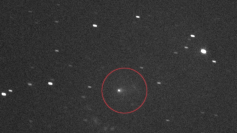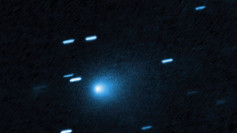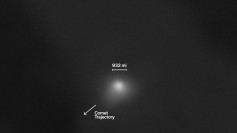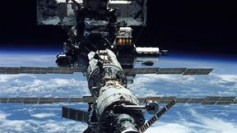A significant milestone in the deployment of the James Webb Space Telescope has been reached, with an onboard device detecting its first photons from a distant star.
The $10 billion Webb mission, now in its seventh week, has been as smooth as silk after years of delays and an apparently unending string of setbacks during development. The laborious process of unfolding the space telescope and preparing it to perform breakthrough astronomy has gone about as well as anybody could have imagined, with the most recent accomplishment being Webb's first detection of starlight.
The Near Infrared Camera, one of the science instruments onboard that collected the photons, validated the success. The camera and Webb's other science instruments were only turned on a few days ago. These data are crucial for the next step in Webb's science mission, as well as for obtaining actual images that we on Earth can marvel at.
"This milestone marks the first of many steps to capture images that are at first unfocused and use them to slowly fine-tune the telescope," NASA said in a statement announcing the accomplishment. "This is the very beginning of the process, but so far the initial results match expectations and simulations."
The photons came from HD 84406, a star in the Ursa Major constellation that is about 260 light-years away. The team can now begin the three-month process of aligning all 18 panels to form a single concave mirror, thanks to the discovery of this starlight.
The next step in aligning the 18 beryllium and gold segments that make up Webb's mirror is to confirm that photons can travel into the telescope and appear on its detectors.
The James Webb Space Telescope is a NASA, ESA, and Canadian Space Agency cooperation launched on Dec. 25, 2021. Webb will look for light from the first stars and galaxies, investigate the birth and evolution of galaxies, and survey the atmospheres of distant exoplanets once it is operational, among other astronomical and astrobiological objectives.
On Jan. 24, 2022, Webb arrived at its stable orbital point, Lagrange Point 2. Engineers have finished powering on its research equipment and shut off its heaters since then, kicking off a lengthy cooling procedure. The heaters were essential to keep Webb's optics warm and to prevent water and ice condensation. According to NASA, the alignment process could begin after the instrument hit -244 degrees Fahrenheit.
We're crossing our fingers that Webb's following steps go as planned and that we'll witness remarkable results as early as June.




